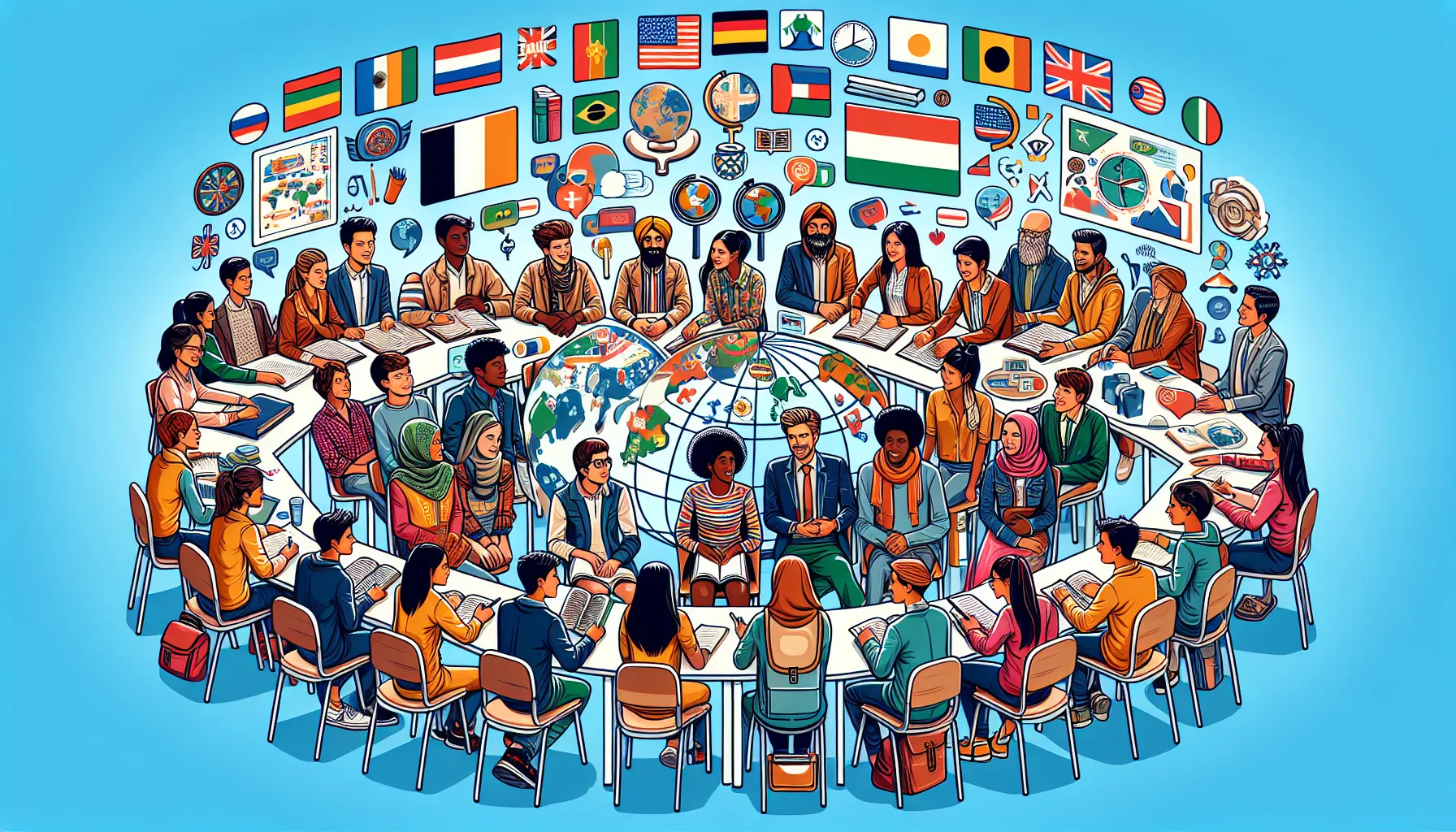Cultural Diplomacy and World Peace
Header Banner Ad

Introduction
In a world often divided by politics, borders, and ideologies, culture has emerged as a bridge — a unifying force that fosters dialogue...
Inline Ad Unit
Introduction
In a world often divided by politics, borders, and ideologies, culture has emerged as a bridge — a unifying force that fosters dialogue and peace. Cultural diplomacy is the practice of using cultural interactions, exchanges, and soft power tools to promote international understanding, strengthen global relations, and contribute to world peace. In today’s interconnected world, this form of diplomacy plays a crucial role in reducing conflict and building cooperation among nations.
What is Cultural Diplomacy?
Cultural diplomacy refers to the use of a nation's cultural assets — such as art, music, literature, cuisine, festivals, and traditions — to engage with other countries. It serves as a non-political means to build mutual respect, trust, and dialogue. Unlike traditional diplomacy, which often deals with statecraft and treaties, cultural diplomacy operates at the people-to-people level, creating lasting impressions and relationships.
Mechanisms of Cultural Diplomacy
- Art Exhibitions: Indian art being showcased in Paris or African tribal art touring American museums enhances appreciation of global heritage.
- Academic Exchanges: Programs like Fulbright Scholarships and India's ICCR scholarships enable cultural and intellectual bridges to form between countries.
- Yoga Diplomacy: India’s successful push for International Yoga Day, now observed by 170+ countries under the UN, highlights cultural integration through wellness and spirituality.
Soft Power: India’s Global Cultural Reach
India is a leading example of using soft power to shape international opinion and goodwill. Cultural exports such as:
- Bollywood: Indian films have fan bases across Africa, Central Asia, and even Latin America.
- Indian Cuisine: From New York to Nairobi, Indian restaurants are cultural ambassadors.
- IT and Education: India's prowess in technology and its large student diaspora in countries like the US and UK create a lasting positive impression.
Historic Examples of Cultural Diplomacy
- Ping-Pong Diplomacy: In the 1970s, table tennis matches between American and Chinese players helped thaw Cold War tensions and paved the way for diplomatic talks.
- Indian Diaspora: Events like Pravasi Bharatiya Divas celebrate the contribution of Indian citizens abroad, many of whom play critical roles in boosting trade, tourism, and goodwill in their resident countries.
Global Institutions and Culture
UNESCO plays a central role in promoting cultural preservation and cross-border understanding. Designation of World Heritage Sites — from the Taj Mahal in India to the Great Wall of China — reminds humanity of shared achievements and fosters respect for different civilizations.
Real Outcomes: Peace Through Culture
- Reduces Stereotypes: Exposure to diverse cultures leads to tolerance and reduced prejudice.
- Encourages Global Cooperation: Cultural diplomacy promotes unity in times of crisis. For instance, India’s vaccine diplomacy during the COVID-19 pandemic was a humanitarian gesture grounded in shared global responsibility.
- Conflict Mitigation: Cultural exchange programs among youth, artists, and academics build friendships that transcend borders and help ease geopolitical tensions.
Conclusion
Culture has the power to speak when politics fail. In an increasingly polarized world, cultural diplomacy acts as a silent yet powerful agent of peace. By sharing our stories, food, music, and knowledge, we connect with the humanity in each other. As nations like India continue to harness their rich cultural heritage for global outreach, the dream of a more peaceful and united world becomes not just a vision — but a real possibility.